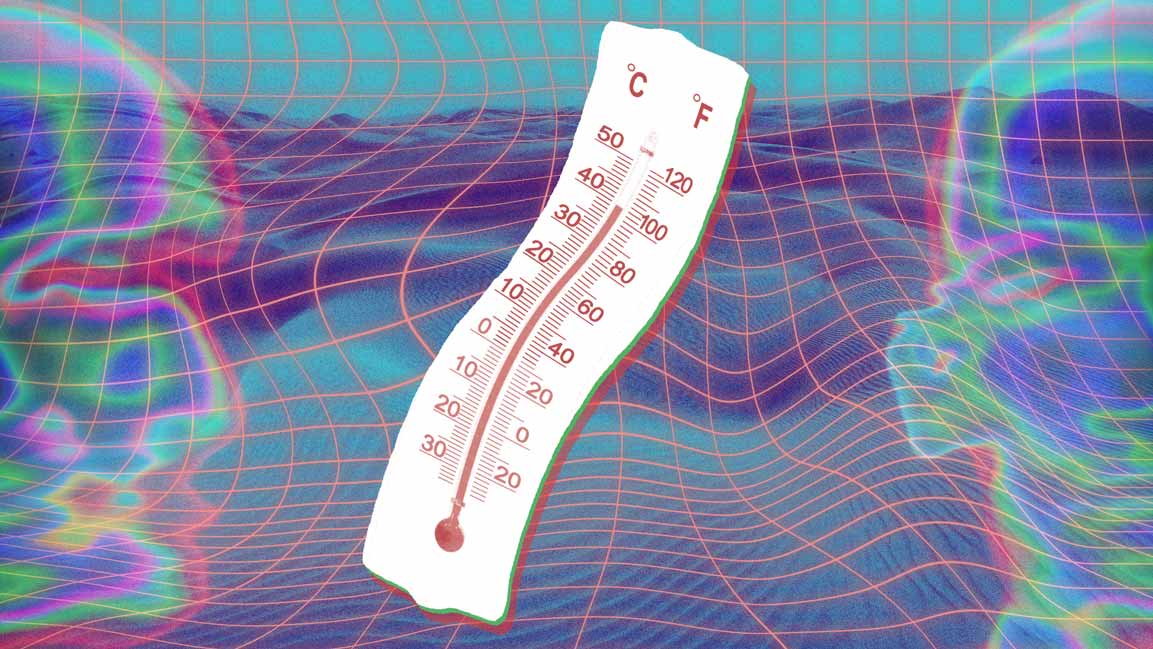- | 12:00 pm
Deadly heat in MENA to cause more deaths by 2100
Iran will have the most heat-related fatalities.

A populous region encompassing the Middle East and North Africa has become a climate hot spot, with temperatures rising almost twice as fast as the global average in recent years.
Temperatures in the sun-scorched region, which spans more than a dozen countries, have risen faster than in Europe, North America, and other highly populated parts of the globe.
According to a recent report by The Lancet Planetary Health, around 123 persons out of every 100,000 in the MENA region will die yearly from heat-related causes by 2100.
While the MENA region is predicted to experience more deaths than previously reported in other regions, Iran is anticipated to suffer the most from heat-related fatalities.
Egypt has the largest “absolute number of heat-related deaths” in MENA, with an estimated 2600 fatalities annually.
According to the published report, the Arabian Gulf is also predicted to suffer high, unbearable temperatures that would make some locations unsuitable for long-term human settlement.
However, the study pointed out that if global warming could be confined to 2°C, the estimated death rate may be reduced by more than 80%. Given the huge carbon footprint of air cooling, the study concluded that having air conditioning available would not be sufficient.
Along with high humidity, extremely high temperatures in summer are now common in the region, which encompasses Bahrain, Egypt, Iran, Iraq, Israel, Jordan, Kuwait, Lebanon, Oman, Qatar, Saudi Arabia, Syria, Turkey, and the UAE.
Climate change has been one of the factors for people to immigrate from some areas in Syria, Iraq, and northern Africa, as drought and heat waves damage crops and send rural residents to cities.
































